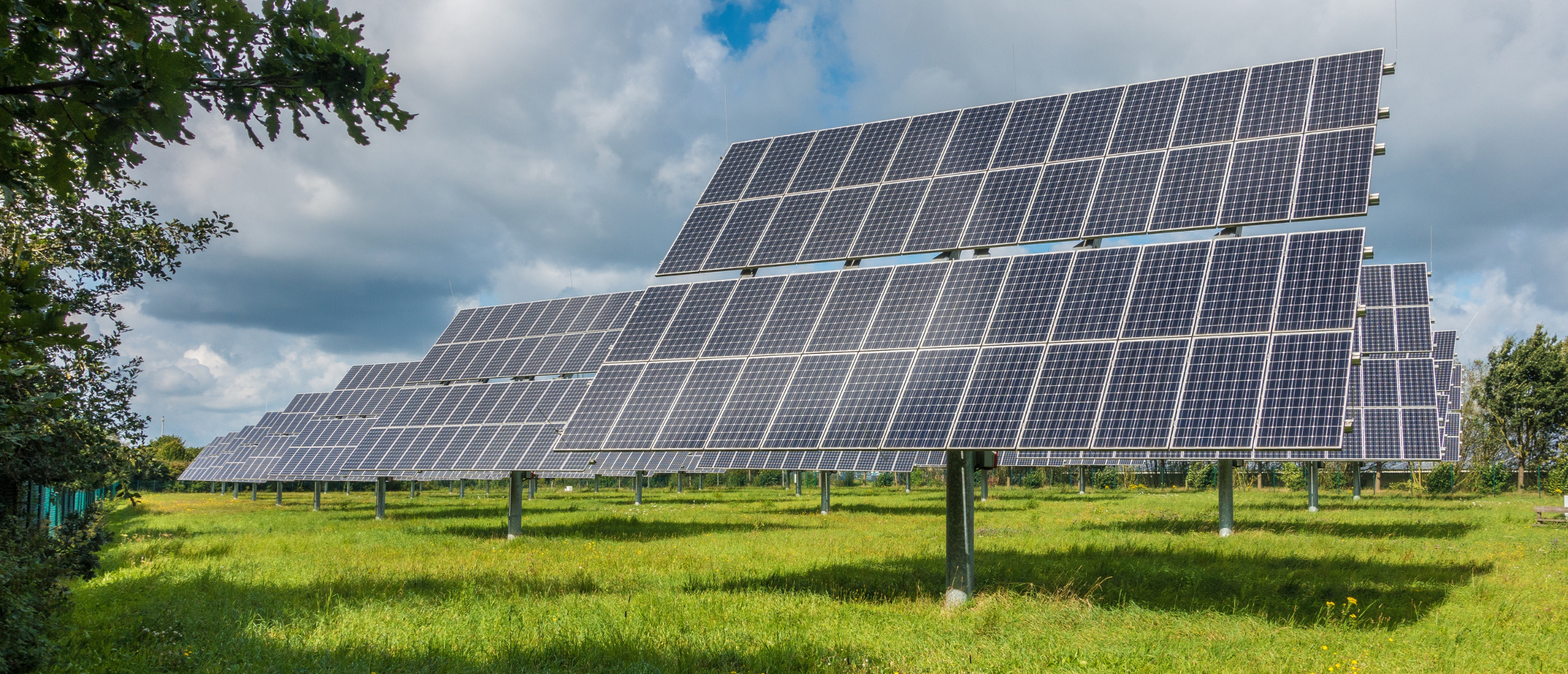
Understanding Solar PV Panel Lifespan Failure and Degradation Rates: A Strategic Perspective for Commercial Stakeholders
For utility-scale solar developers, EPCs, asset managers, and financiers, the performance and durability of photovoltaic (PV) panels directly influence project bankability, return on investment (ROI), and long-term asset valuation. As solar portfolios mature and power purchase agreements (PPAs) stretch beyond 20 years, understanding solar panel lifespan and degradation rate is crucial for optimizing asset performance and risk management.
Lifespan of solar panels: Beyond Warranty Benchmarks
High-quality solar PV modules are typically warranted for 25 to 30 years. However, warranty terms only represent a baseline, not the end of useful life. Many Tier 1 modules continue to perform well for 35–40 years, though at reduced efficiency.
Key Takeaways for Asset Owners and Investors:
- Performance warranty typically guarantees ≥80% output at year 25.
- Post-warranty operation is often viable with performance levels above 70%, subject to site conditions and maintenance regimes.
- Business case (IRR) modelling should consider performance tail scenarios beyond the initial PPA term.
Solar Panel Degradation Rate: Quantifying Long-Term Performance Risk
Degradation rate measures how quickly a panel’s power output declines year over year. For financial modelling and performance forecasting, this metric is key.
Do solar panels degrade over time?
Industry Benchmarks (Annual Degradation Rates):
- PERC: 2% in year 1 and afterwards 0.45% per year
- TOPCON: 1% in year one, 0.4% per year afterwards
- HTJ: 1% in year one, 0.3% per year afterwards
- xBC: 1% in year one, 0.35% per year afterwards
According to NREL data, modern crystalline modules degrade at an average rate of 0.5% annually, implying about 88% capacity at year 25. Lower degradation translates to higher cumulative energy yield and stronger IRR. Other data shows that degradation rates vary per climate wherein tropical (hot & humid) and arid (hot and high UV) have a higher average degradation.
Note that an important factor to account for are failure events that do not impact degradation. These are glass breakage due to extreme weather events (hail, high wind loads) in particular when coupled with trackers. For glass - foil solar monofacial or bifacial panels revising the backsheet type can help avoid delimitation, yellowing, bubbling or chalking which can lead to safety issues.
Impact on Financial Modelling & Insurance Underwriting
For financiers and insurers, degradation rates influence key assumptions in energy yield assessments, revenue forecasting, and premium calculations.
- Financiers must scrutinize manufacturer degradation warranties and compare them against independent third-party testing (e.g., PVEL, RETC).
- Insurance providers evaluate degradation profiles and failure events when underwriting performance guarantees or offering production loss coverage.
- O&M budgets should reflect degradation-adjusted PR and availability metrics over time.
Factors Affecting Degradation
Understanding degradation drivers supports better procurement strategies, O&M planning, and warranty negotiations:
Factor | Impact |
Climate & environment (high temperature, humidity, UV) | Higher probability of greater degradation rates |
Application | Ground, rooftop, floating applications present different challenges specific to their application (ie: caterpillar effect on substructures & glass breakage for PV modules). |
Wind and snow load | High risk of glass breakage |
Soiling & cleaning practices | Dust and residue lead to hot spots and probability of diode failures - in particular in industrial areas |
Installation quality | Mechanical stress and improper racking impact panel integrity. |
Manufacturing | Processes like lamination, QAQC, electroluminescence testing, cell processing impact PV module lifetimes |
Module BOM & design | Glass, encapsulant, module size and cell type matter more than datasheets suggest |
Technology maturity | Field-tested panels with historical data carry lower risk |
Strategies to Mitigate Degradation Risk
1. Vendor Due Diligence: Prioritize module manufacturers with proven low degradation data from independent testing labs.
2. Site Consideration: partner with a technical advisor to consider local climate and weather events and its impact on PV module failure rates and degradation profiles.
3. Smart Procurement: Opting for solar panels with a bifacial capability and investigating how the modules address issues like UVID, PID or glass breakage.
4. Attention to design: revising how local aspects can impact failures or degradation rates like core shading, array movement due to soil erosion.
5. Factory Audits: find QAQC parties like Sinovoltaics to execute factory audits (solar audits) or production monitoring to ensure PV modules are manufactured as certified and do not have known common failure risks.
6. PV Testing: Incorporate sampling rates and lab tests to test for the impact of known high degradation mechanisms like UVID or PID along with the actual Wattpeak performance of the chosen PV module.
7. Construction Inspections: have your PV systems inspected and checked for best practices when installing to avoid operational challenges.
8. Advanced Monitoring: Deploy granular performance monitoring to detect early-stage degradation or mismatch losses.
9. Proactive O&M: Do Implement regular IR scanning, soiling analysis, and string-level performance reviews and preventative maintenance.
Conclusion: Make Degradation & Failure event Data a Core Financial Input
Degradation and PV module failures aren’t just a technical metric, it’s a strategic input. For developers, C-level decision-makers, insurers, and institutional investors, understanding degradation and failures helps reduce performance risk, increase asset valuation accuracy, and align stakeholder expectations.
In a market where margins are tightening and competition is intensifying, leveraging high-quality panels with low degradation profiles can significantly boost the lifetime project economics. Incorporating real-world degradation metrics into bankability studies, asset valuation models, and insurance frameworks ensures better decision-making and long-term success in solar infrastructure investments.
Ready to strengthen your project’s technical and financial integrity? Reach out to our teamand understand the value how our services, from PV factory audit, PV module quality inspection, and PV lab testing can support your next investment or solar development.
